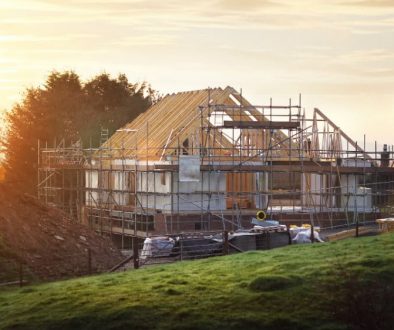When an insurance company tells us that with a Solvency II ratio of 180% and a surplus of 9.7bn, our balance sheet is one of the strongest and most resilient in the UK market,its surely time to take notice, isnt it? And its especially so when it adds that over the last four years, we have tripled our economic capital surplus.
Thats what Aviva (LSE: AV) revealed along with its 2015 results last month, which also announced a 20% rise in operating profits to 2.7bn afternew business value rose 24.5%. The general insurance combined ratio improved to 94.6%, the best in nine years, with fund management profits up by 33% to 105m.
Oh, and the total dividend for the year rose15% to 20.8p per share after what Aviva calleda highly satisfactory set of results.
Earnings to double?
With EPSpredicted to double in the coming year, with a more modest 10% pencilled-in for 2017, the question I have to ask is does this look like a firmwhose shares should be languishing on a forward P/E of only 9.6 at todays share price of 447p?
If thats not easy to answer, how about taking into account dividends, which yielded 4% in 2015, with rises to 5.3% and 6.1% forecast for this year and next, respectively?
No, what I see here is a company whose successful restructuring efforts have been largely overlooked by the markets as institutional investors are still seeing the financial sector as poison. Aviva has gone from having to slash its dividend back in 2012 due to its weakening balance sheet, to having the strongest and most resilient balance sheet in the market in less than four years.
What I see here is the best in an overlooked sector, which should provide steady income for decades and with share price growth likely over the next few years too. I bought some.
Growth star
Turning to a very different company now, I can remember when ARM Holdings (LSE: ARM) was an upstart daring to try to squeeze-in on the chip market dominated by the giants. Wewere all buying Intel-based PCs, and those new-fangled mobile bricks thatposed different requirements were just starting out.
Now were looking at 4bn ARM-based chips shipped in Q42015 alone, and a share price up680% over the past 10years, to 1,008p. ARM has been a cracking growth share, thats for sure, but is there anything left in it? I say yes, and I think theres muchmore to come.
The share price has barely moved forthree years, which might put some people off. But in that time, chip volumes kept on climbing, earnings rosenicely, and the modest dividend grewway faster than inflation.
Cheap as chips?
What thats done is brought ARMs forward P/E for this year down to 29, dropping to 25.6 based on 2017 forecasts. Thats around twice the FTSE 100 average but its the lowest that ARM shares have been valued at for years, and I see it as a bargain rating. Were still only in the early days of the mobile computing revolution, and I see a likely exponential rise in the number of connected-up things with ARM-based chips in them in the coming decade.
In ARM then, I see a still-great growth star, which is gradually changing into a future big dividend payer.
Buying top quality shares when they’re undervalued could help set you on your way to a cool million. But don’t take my word for it, just get yourself a copy of The Motley Fool’s 10 Steps To Making A Million In The Market report. It takes you through all you need to know, one step at a time.
What you’ll learn, more than anything, is that the secret to long-term financial success is to spend less than you earn, invest your savings in shares, and perhaps most importantly of all… keep a cool head when all around are losing theirs.
What’s more, it won’t cost you a single penny of your savings to get yourself a copy, so just click here now for your completely free report!
Alan Oscroft owns shares in Aviva. The Motley Fool UK has recommended ARM Holdings and Intel. We Fools don’t all hold the same opinions, but we all believe that considering a diverse range of insights makes us better investors.





